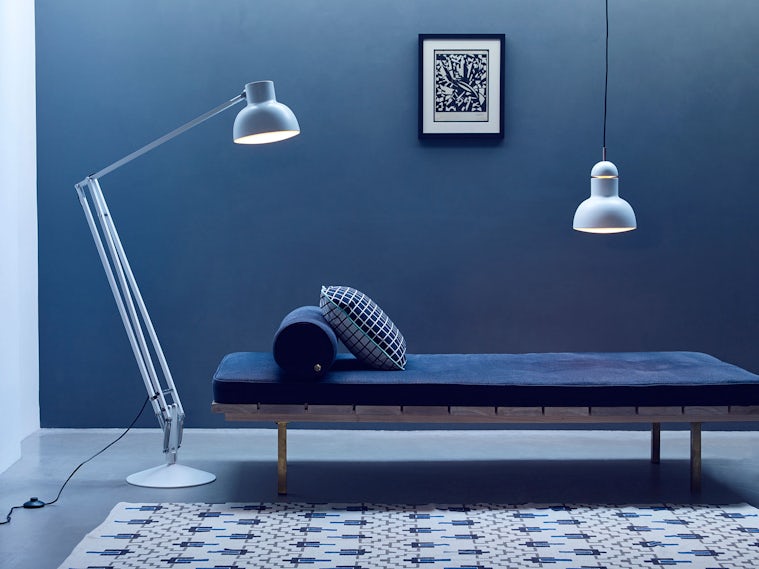‘Building Tomorrow’ presents the contemporary trends in building design and the global forces driving them forward using Architizer’s annual A+AWARDS submissions as the benchmark. The data is creatively visualized to provide valuable insights for designers, retailers, and any industry working to create experiential designs. Download the full report for free at www.psfk.com/report/building-tomorrow.
Emerging technologies are finally at the scale and sophistication to radically transform architectural forms and construction techniques. New research into global architectural trends — now available as a free-to-download guide by creative analysts PSFK in collaboration with Architizer — has revealed that a number of young technologies are now entering the professional practice mainstream. From drone assembly to the proliferation of 3D printing formats, these once experimental tools are pushing the possibilities of what future building designs and cityscapes will come to resemble.
“[New materials and building technologies] can result in a cleaner way of producing with less waste and more efficiency. This is long overdue!” remarks Winka Dubbeldam, President at Archi-Tectonics.

One exemplar in this area is FORMSTELLE by Format Elf Architekten, a contemporary office space located at the entrance of a former aluminum plant in Töging am Inn, Germany. The guide details how the architects harnessed modeling software to design the façades of the building: “A smooth, honeycomb structure calculated using a parametric process gives the building its contemporary appearance. The implementation of the laser façade panels was only feasible through the new digital process of design.”

Studio Fuksas utilized a similar approach on a much larger scale for Bao’an International Airport in Shenzhen, China. The building features a “honeycomb-like façade” that permits indirect light to enter the interior through 25,000 openings in its double skin. As the report details, this skin also benefited the design and construction timeline: “Parametric software tools allowed iterative optimization of the façade at very short time intervals, making it possible to complete the preliminary design of both the façade and the structure within the space of a year.”

Finally, PARTISANS utilized 3D technology to produce the stunning, organic interior of the Grotto Sauna in Georgian Bay, Ontario, Canada. The architects closely collaborated with specialists and showed how innovative designs can flourish using a combination of expertise: “Challenging the standards of current practices in the construction industry, the designers worked directly with a millwork and steel fabrication partner on every detail to develop a new process of fabrication. This process utilized state-of-the-art 3D technology to scan, model, and build the Grotto.”
These examples are just the tip of the proverbial iceberg when it comes to design at the intersection of technology and architectural design. As firms continue to experiment, standard construction techniques will continue to evolve, and, as a consequence, new spatial norms might soon emerge. Check out this article for further technological innovations from some of the pioneers of the profession.




